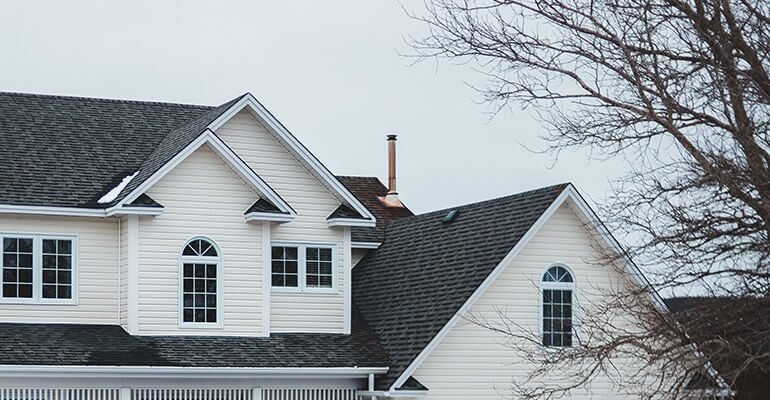Roof underlayment and flashing
Roof underlayment and flashing are two important components of a roofing system that play a crucial role in protecting a building from water damage. In this post, we will delve into the details of roof underlayment and flashing, explaining what they are, how they work, and why they are important.
Roof underlayment is a layer of material that is installed under the roofing material to provide an extra layer of protection for the roof. It is often made of a synthetic material such as felt paper, rubberized asphalt, or a synthetic polymer. Roof underlayment is installed on top of the roof deck and under the roofing material, and serves as a secondary water barrier in case the primary roofing material fails.
Roof flashing is an important component of a roofing system because it helps to prevent leaks and water damage to the roof and the building.
Roof flashing is a thin material, usually made of metal, that is used to seal the joints and seams on a roof. It is typically installed around areas of the roof that are prone to leaks, such as chimneys, skylights, and vents. Roof flashing is designed to prevent water from seeping through these joints and into the building.
Roof underlayment works by providing a layer of protection between the roof deck and the roofing material. It acts as a barrier to prevent water from seeping through the roof and into the building. When installed properly, roof underlayment can help to prevent leaks and water damage to the roof and the building.


Roof flashing works by sealing the joints and seams on a roof, preventing water from seeping through these areas and into the building. It is typically installed around areas of the roof that are prone to leaks, such as chimneys, skylights, and vents. When installed correctly, roof flashing helps to prevent leaks and water damage to the roof and the building.
Roof underlayment is an important component of a roofing system for several reasons. First and foremost, it provides an extra layer of protection against water damage. If the primary roofing material fails, the roof underlayment can help to prevent leaks and water damage to the roof and the building. In addition, roof underlayment helps to prevent moisture from accumulating on the roof deck, which can lead to rot and other types of damage.
Importance of Roofplan
Quality Materials
The quality of the materials used in a roofing project can have a significant impact on the overall performance and longevity of the roof. Poor quality materials are more likely to fail or deteriorate over time, resulting in costly repairs or even the need for a complete roof replacement. On the other hand, using high quality materials can ensure that your roof will be able to withstand the elements and provide reliable protection for your home or business.
There are several factors to consider when selecting roofing materials, including durability, weather resistance, and cost. Materials such as asphalt shingles and metal roofing are popular choices due to their durability and ability to withstand extreme weather conditions. However, it is important to consider the specific needs of your roof and choose materials that are suitable for your location and budget.
The quality of the materials used in a roofing project is an important factor to consider. By choosing high quality materials and working with a reputable company like Roofplan, you can ensure that your roof will provide reliable protection and add value to your home or business.
At Roofplan, we take the quality of our materials very seriously. We carefully select only the highest quality materials for our roofing projects, ensuring that our customers can count on their roof to provide reliable protection for years to come. We also offer a variety of materials to choose from, so our customers can find the perfect solution to meet their specific needs and budget.
In addition to using high quality materials, proper installation is also crucial to the performance of a roof. Our team of expert engineers has extensive experience in roof design and installation, and we take great care to ensure that every roof we install is done so correctly and to the highest standards.


In conclusion, the quality of the materials used in a roofing project is extremely important. Choosing high quality materials and ensuring proper installation can help to ensure that your roof will provide reliable protection for your home or business for years to come. At Roofplan, we are committed to using only the best materials and delivering top-notch installation services to our customers.
Investing in high quality roofing materials can also add value to your home or business. A well-maintained roof is an important selling point for potential buyers and can increase the overall value of your property. In addition, using high quality materials can save you money in the long run by reducing the need for costly repairs or replacements.





